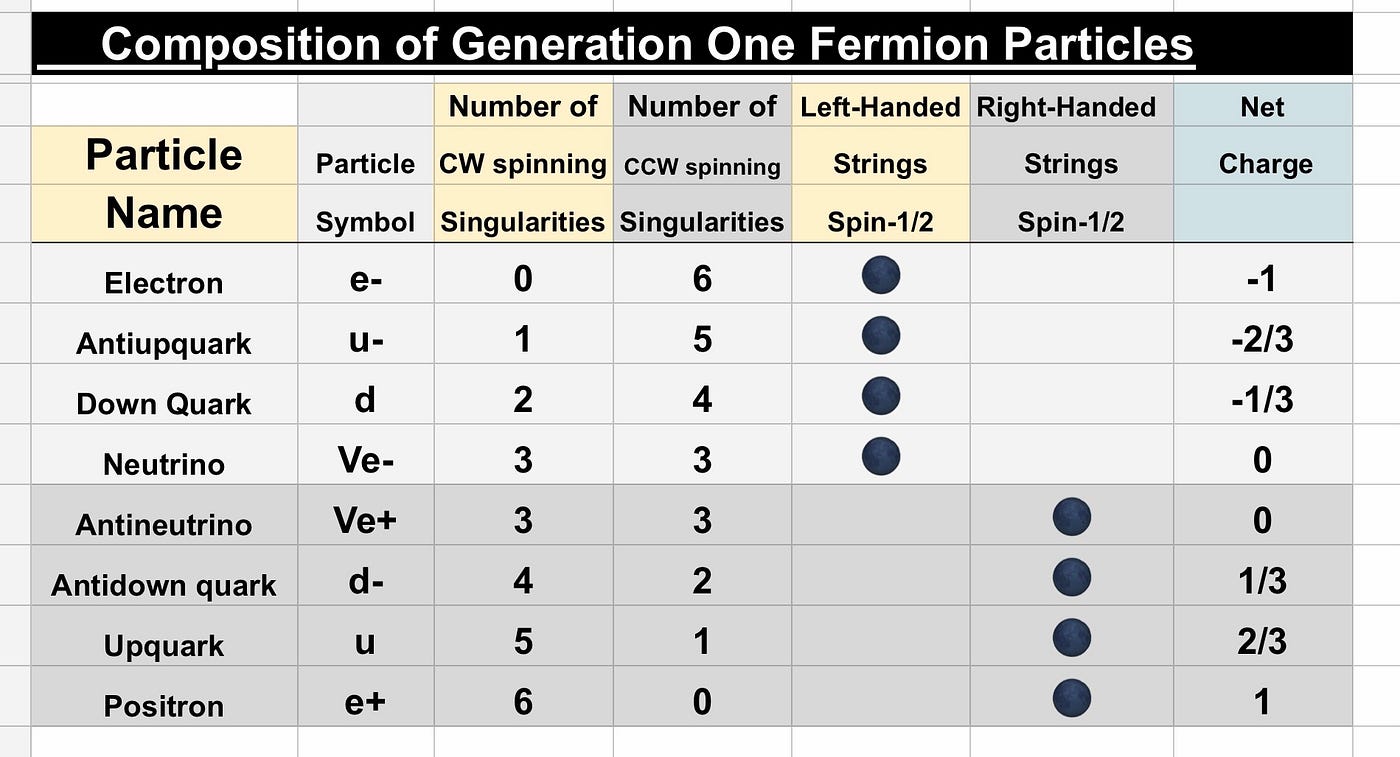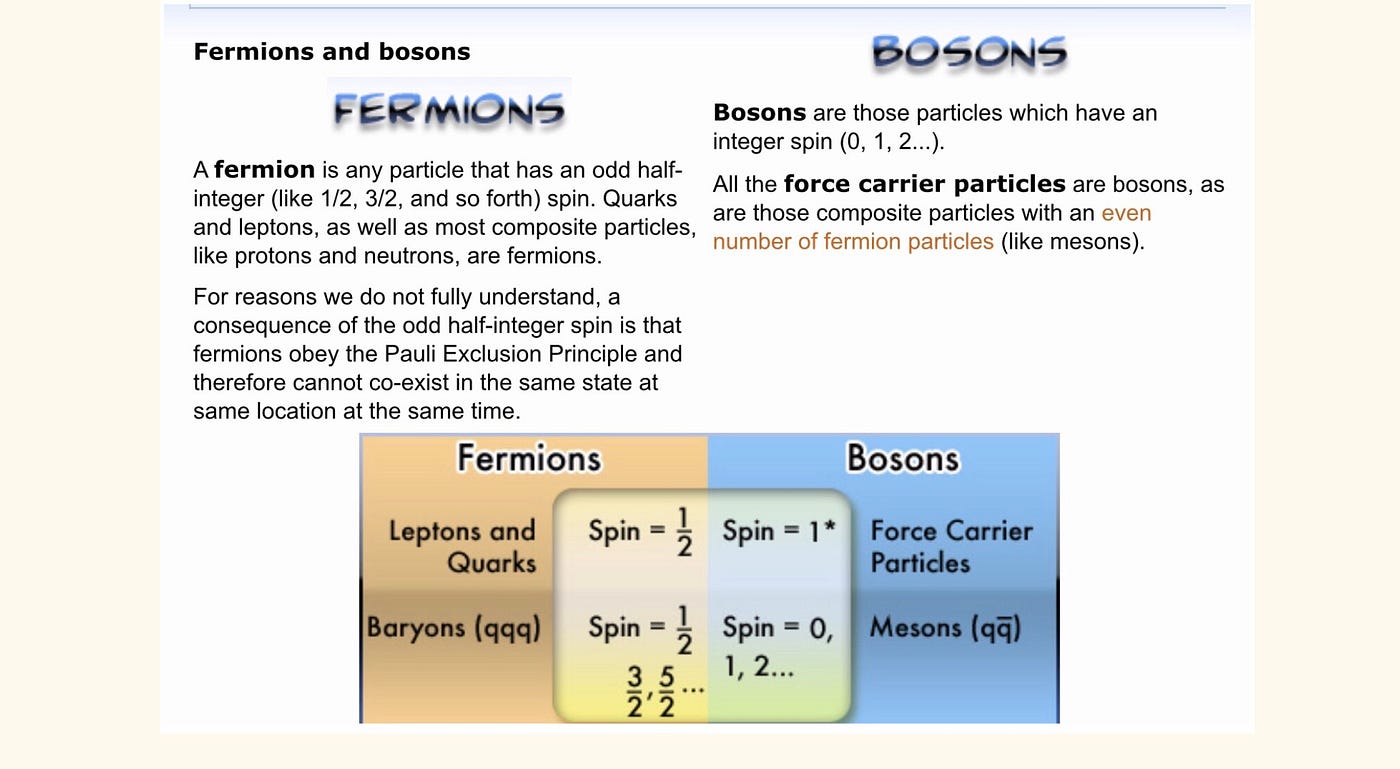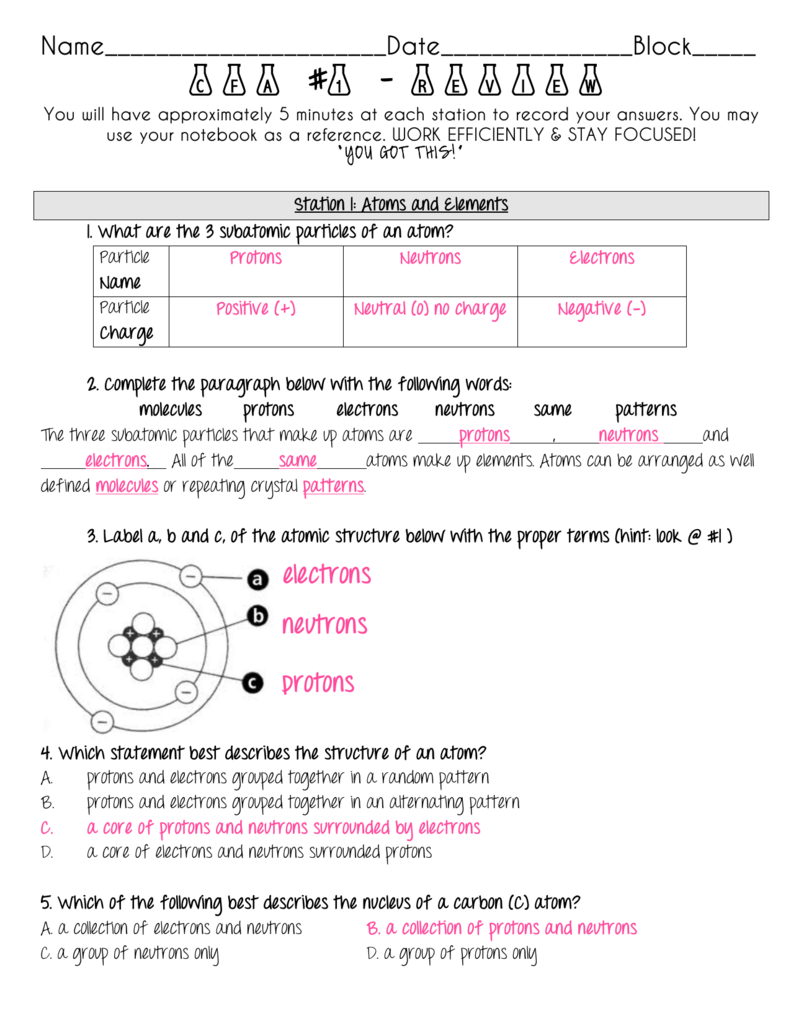Group the Terms According to the Subatomic Particle They Describe
Which means that the. Subatomic particles are classified broadly into two types not three based on their spins.

1 What Are The 3 Subatomic Particles Proton Neutron And Electron Ppt Download
Match the following terms and properties to the correct subatomic particle type.

. The three main subatomic particles of an atom are protons neutrons and electrons. The photon which is the carrier for the electromagnetic field the W and Z bosons which are the carriers for the weak force and the gluon which is the carrier. The other two original subatomic particles neutrinos and positrons well get to in a minute.
There are six types of quarks. By the early 1930s it was found that the nucleus is composed of even smaller particles called protons and neutrons. Experiments in the late 1800s and early 1900s revealed that the atom isnt the ultimate particle.
All matter in this universe is composed of atoms. Subatomic particles are those which make up the atom. The hadrons such as protons and neutrons which can be further subdivided.
Fermions- These particles have half-integer spin value. The word atom came from the Greek word Atomos which means non-divisibleThe atomic theory of matter was first proposed by John Dalton in 1808. Some particles are involved in the forces that hold the nucleus of the atom together and some are not.
Similarly there are photons which are subatomic particles responsible for electromagnetic interaction and neutrinos and gauge bosons which are responsible for weak nuclear forces. The positive subatomic particle. They cannot be broken apart without losing their chemical properties.
However the question only discusses two of them. As a result the existence of various types of matter around us is due o the presence of atoms in them. Virtual photons gluons gravitons and the W and Z.
Protons electrons and neutrons are the three subatomic particles that typically make up an atom. Electrons negatively charged and protons positively charged. Today there are so many subatomic particles that some physicists have dubbed it a particle zoo.
Because an atom is neutral the number of electrons is equal to the number of protons. Subatomic particles are particles that are smaller than the actual particle. The atom is the smallest particle of matter than cannot be divided using a chemical means but atoms consist of smaller pieces called subatomic particles.
Atoms are made up of protons neutrons and electrons also known as subatomic particles. They can be divided into two groups. Found in the electron cloud.
See the answer See the answer See the answer done. Three of them protons neutrons and electrons the particles that make up an atom weve already talked about. Up up down down charm charm strange strangeness top superior and bottom inferior.
The number of protons in the nucleus of an atom. This problem has been solved. Gauge bosons govern three of the four fundamental forces electromagnetic weak and strong.
The subatomic particles called protons and neutrons are located within the nucleus of an atom. Science Atoms Test Practice. The negative subatomic particle.
Discovery of the electron in 1897 and of the atomic nucleus in 1911 established that the atom is actually a composite of a cloud of electrons surrounding a tiny but heavy core. Which of the following is an example of a subatomic particle. Found in all matter.
According to this model matter can be divided into the following building blocks. The atomic number is based number of protons. Particle physics and nuclear physics study these particles and how they interact.
Subatomic particles include electrons the negatively charged almost massless particles that nevertheless account for most of the size of the atom and they include the heavier building blocks of the small but very dense nucleus of. The subatomic particle known as the electron is. Match the following terms and properties to the correct subatomic particle type.
There are four flavors of gauge boson. What might happen if the strong force didnt exist. In physical sciences a subatomic particle is a particle that composes an atom.
The majority of the other subatomic particles were discovered. There are many subatomic particles including quarks leptons hadrons bosons and hadrons just to name a few. Subatomic particle also called elementary particle any of various self-contained units of matter or energy that are the fundamental constituents of all matter.
Describe the subatomic particles in an atom. Breaking it down even further the subatomic particles often consist of elementary. There was a time when it was believed that atoms were the fundamental particles of matter and that they.
They are the basic constitutents of nearly all matter in the universe and hence are also. Subatomic particle or elementary particle Any of various self-contained units of matter or energy. Mats Persson Getty Images.
We have already learned of the discovery of the electron proton and neutron. Answer 1 of 3. Subatomic particles Particles smaller than atoms or are of the types that make up atoms.
Fermions - subatomic particles that make known matter and. Required for the calculation of atomic mass along with neutrons. Bosons make up one of the two classes of subatomic particles.
In examining this complicated picture a standard model of the atom has emerged. According to the Standard Model of particle physics a subatomic particle can be either a composite particle which is composed of other particles or an elementary particle which is not composed of other particles. 93 Bosons According to current literature.
Atoms are the fundamental components of matter. There are three main subatomic particles namely electrons protons and neutrons. And elementary particles such as quarks and electrons which cannot be further divided.
They are defined as mesons the middle-weight subatomic particles.

Subatomic Particles Structure And Composition By Mahmoud Nafousi Medium

Subatomic Particles Structure And Composition By Mahmoud Nafousi Medium

No comments for "Group the Terms According to the Subatomic Particle They Describe"
Post a Comment